
The quiet between two storms – June ’18.
Let me picture the situation for you. I am in my room at St. Mary’s University, Twickenham, London. The new moon is completely covered by the clouds, the sky is dark, not a single star around.
The silence is almost absolute and palpable. I can hear the sound of my heart pumping synchronizing with my breath.
No wind.
Flat? No. There is so much energy, it gives me goosebumps. A deep quiet before the storm.
Such situation triggers a primal instinct of awareness, readiness, and sharpness of thought.
It feels as if the Universe itself was hitting a “dead center” (and this is one of the stronger that I have ever felt in my life).
A “Dead center” is not dead; no pull in any direction is felt because at the middle point pulls from all directions balance each other. To the sensitive eye, the balance of the middle point is alive with tension. Think of a rope that is motionless while two men of equal strength are pulling it in opposite directions. It is still, but it is loaded with energy.
Throughout this book, it must be kept in mind that every visual pattern is dynamic. Just as a living organism cannot be described by its anatomy, so the essence of a visual experience cannot be expressed by inches of size and distance, degrees of angle, or wave lengths of hue.
These static measurements define only the “stimulus”, that is, the message sent to the eye by the physical world. But the life of a percept – its expression and meaning – derives entirely from the activity of the kind of forces that have been described. Any line drawn on a sheet of paper, or the simplest form modeled from a piece of clay, is like a rock thrown into a pond. It upsets repose, it mobilizes space. Seeing is the perception of action.”

(Arnheim, 1960)
Consider me not a religious man, nor a fatalist, not a believer of the supernatural whatsoever. But in these moments, something unique happens.
I listen in silence and with a blurred focus, zooming in and I can almost sense a small “fetus of thoughts” taking shape from the deep stages of consciousness that are normally impossible to access.
It is a sum of pieces collected along the way, that never get to the highest hierarchy of thoughts, but constantly intertwine to produce daily decision making. Anything we crossed our path on, is registered and it remains somewhere in the big data storage somewhere in the body.
This sixth sense, printing a solution from nowhere in particular highly fascinates me and I believe, it is not less trustable than any other. It is scary, and it creates confusion because it’s hard to grasp and it is not that easily manageable.
Yet, quantifying this unquantifiable is not a good idea. This thing is meant to remain subtle to function correctly.
Like one of
It seems appropriate the parallelism with the “Theory of the Dérive (Drift)” (1956) by Guy Debord. A voluntary loss of orientation, opening to new scenarios.
Get in the flow, and get yourself dragged into the cracks of the world.
Incredible wonders await (or the worst nightmares) – in both
“Where are you going?”
“Nowhere in particular”
“So why do you want to go?”
“I hear it is calling me!”
“What is calling?”
“I have the feeling I will never know, but I will never stop searching for it”.
Until next time,
Marcello.
Reference
Arnheim, R. (1960). Art and visual perception (1st ed.). Berkeley: University of California Press.
Want to get some important info from me now and then?
Just the best and the most selected because I hate spammers as much as you do

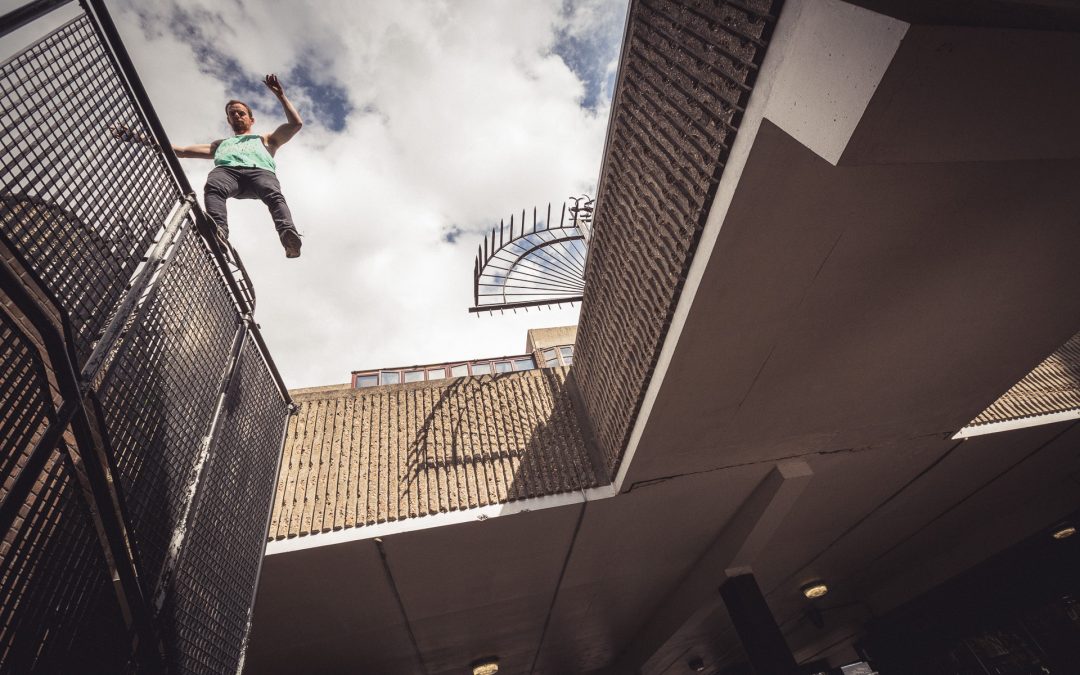
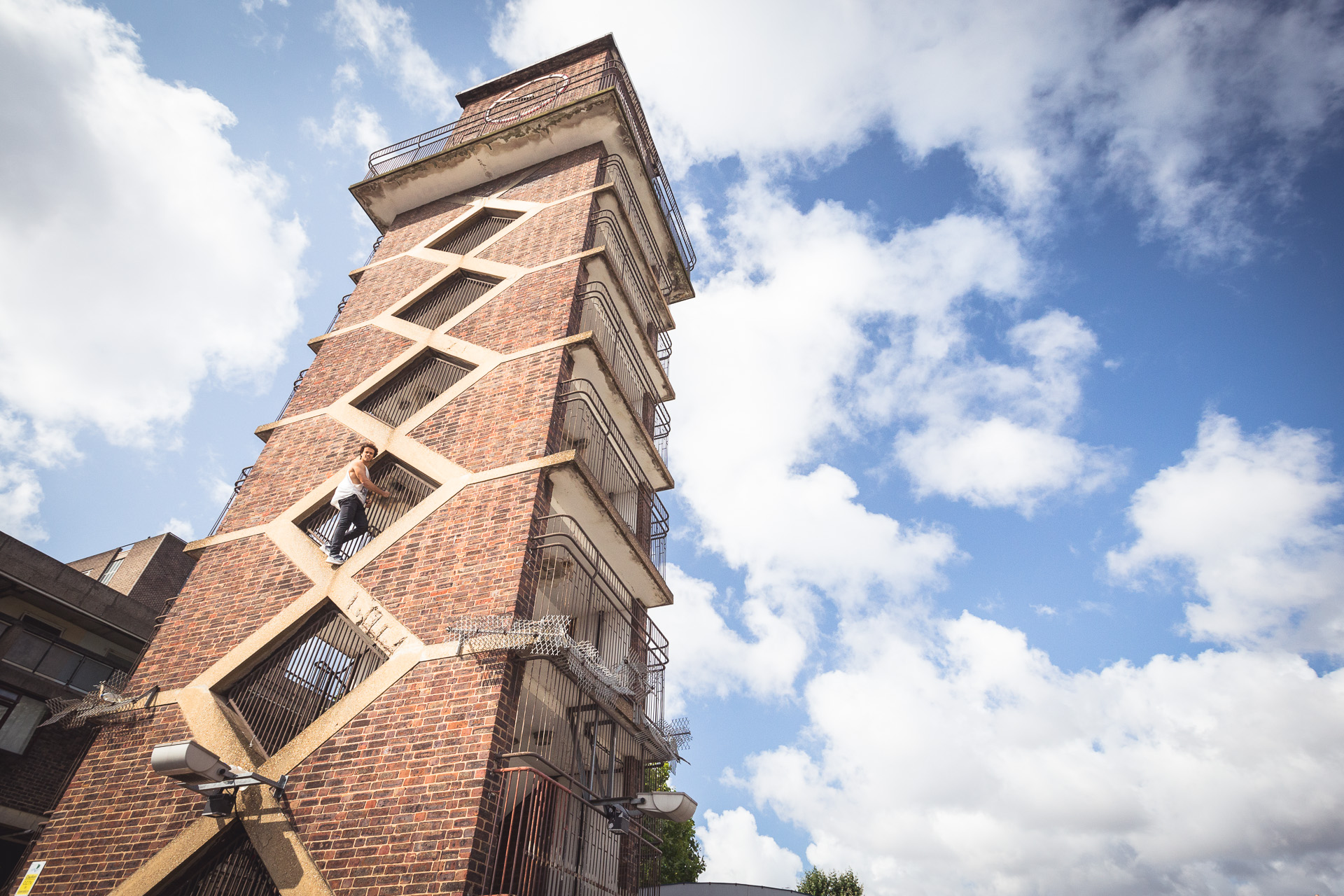
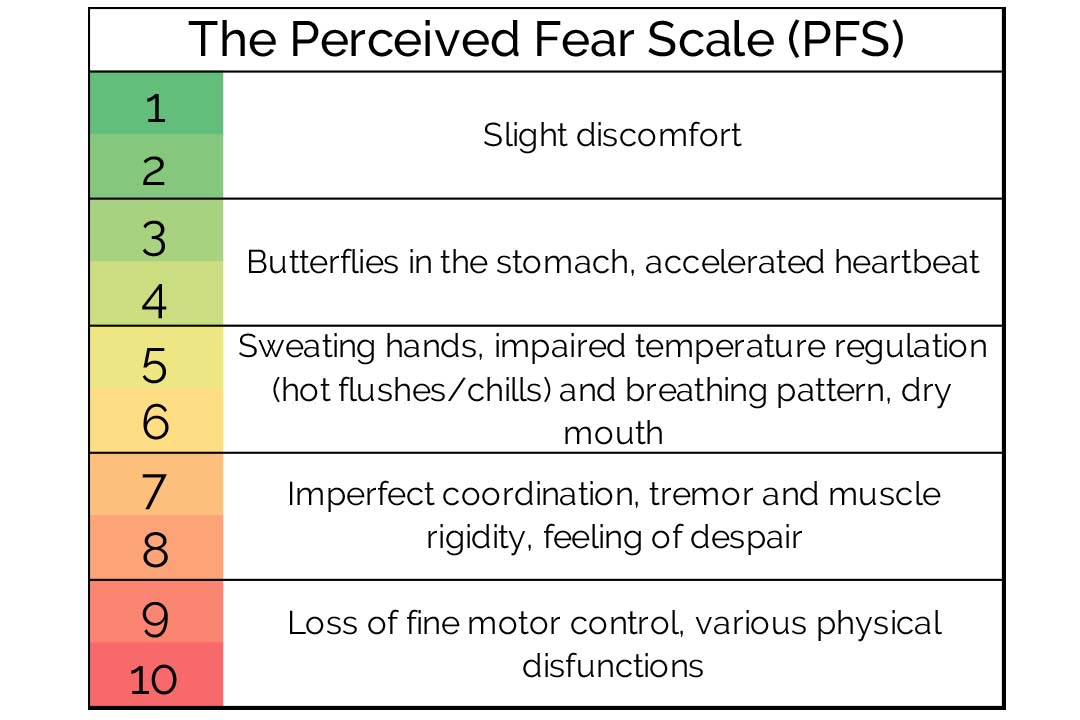
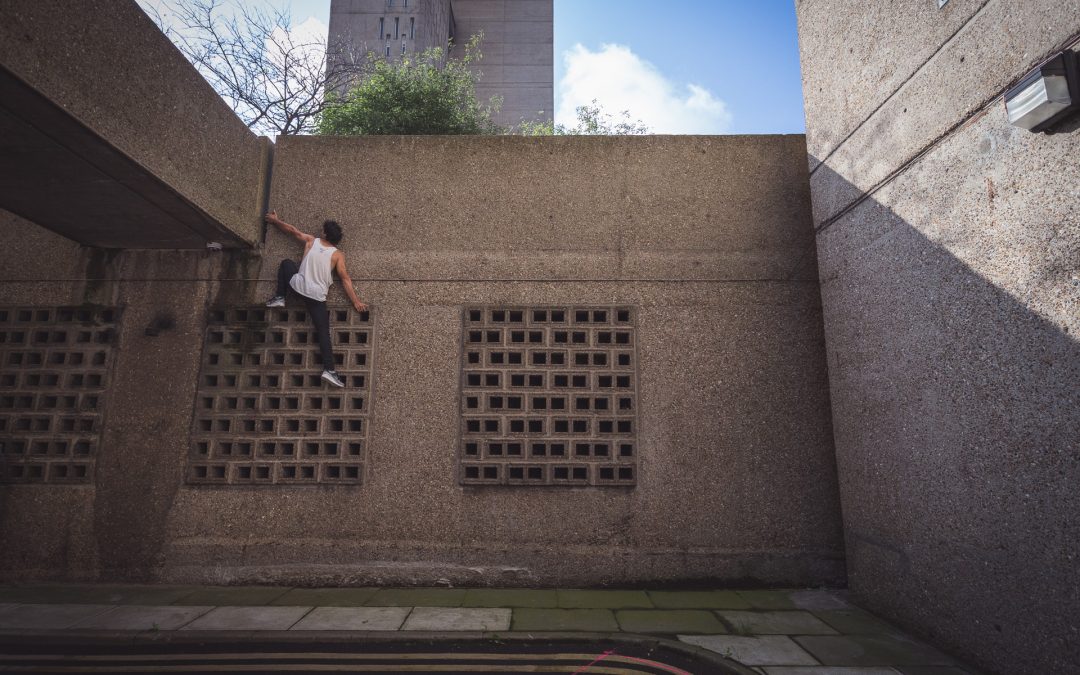
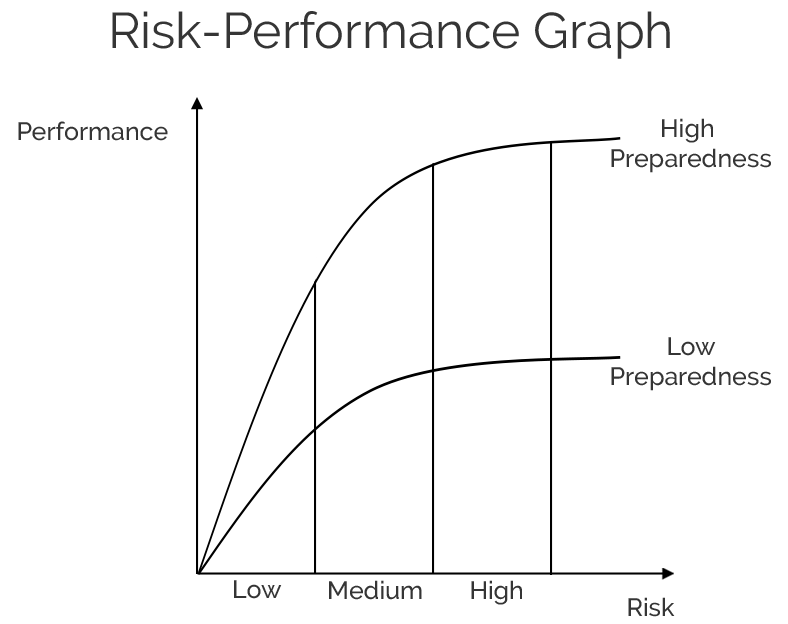
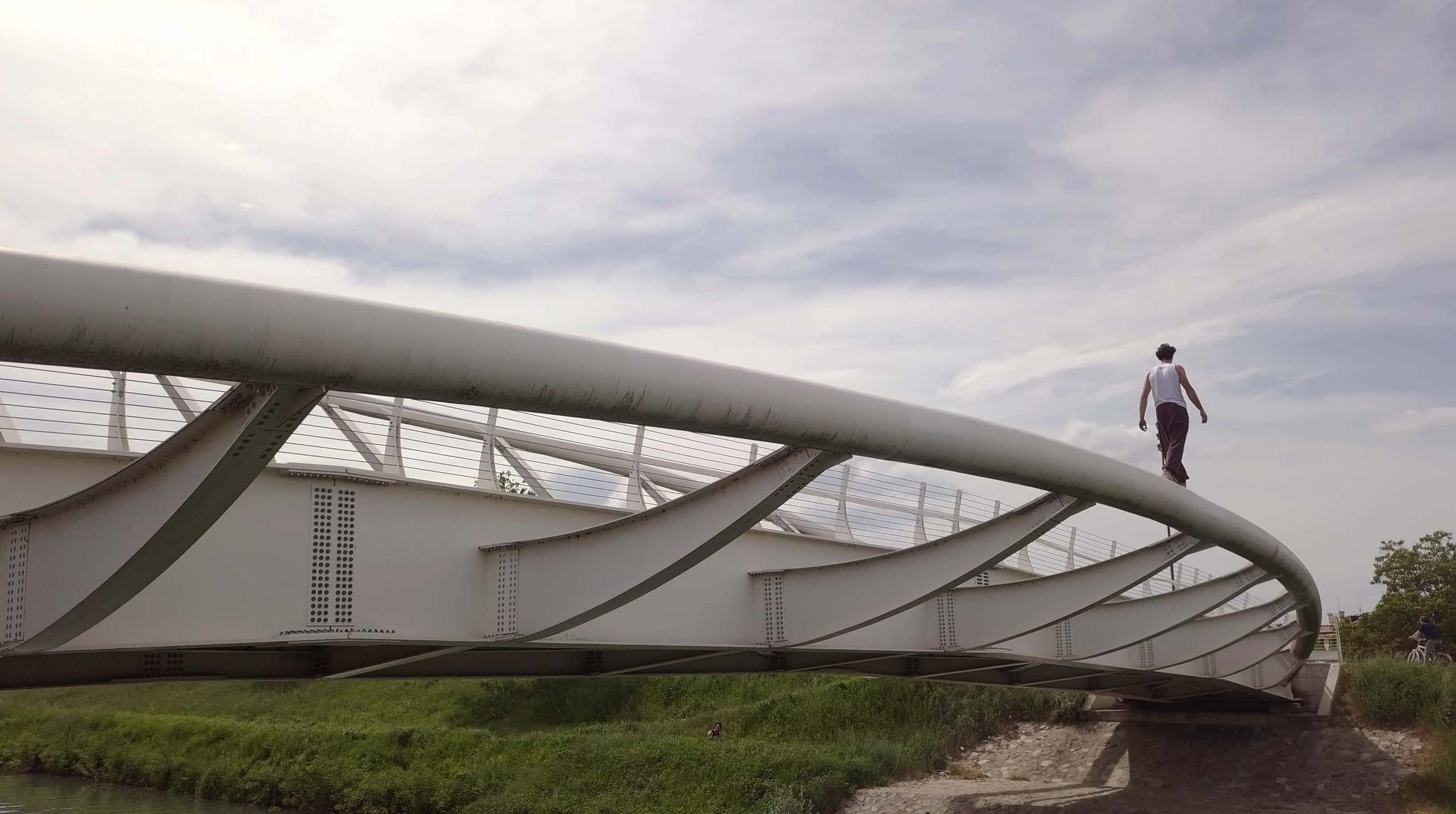
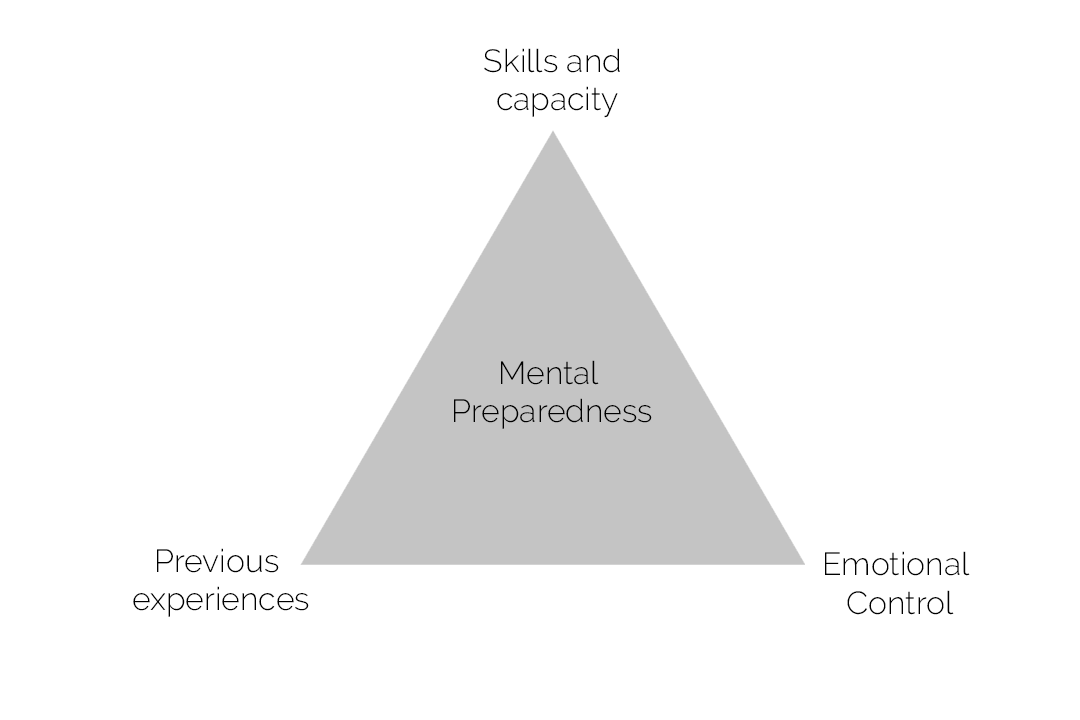

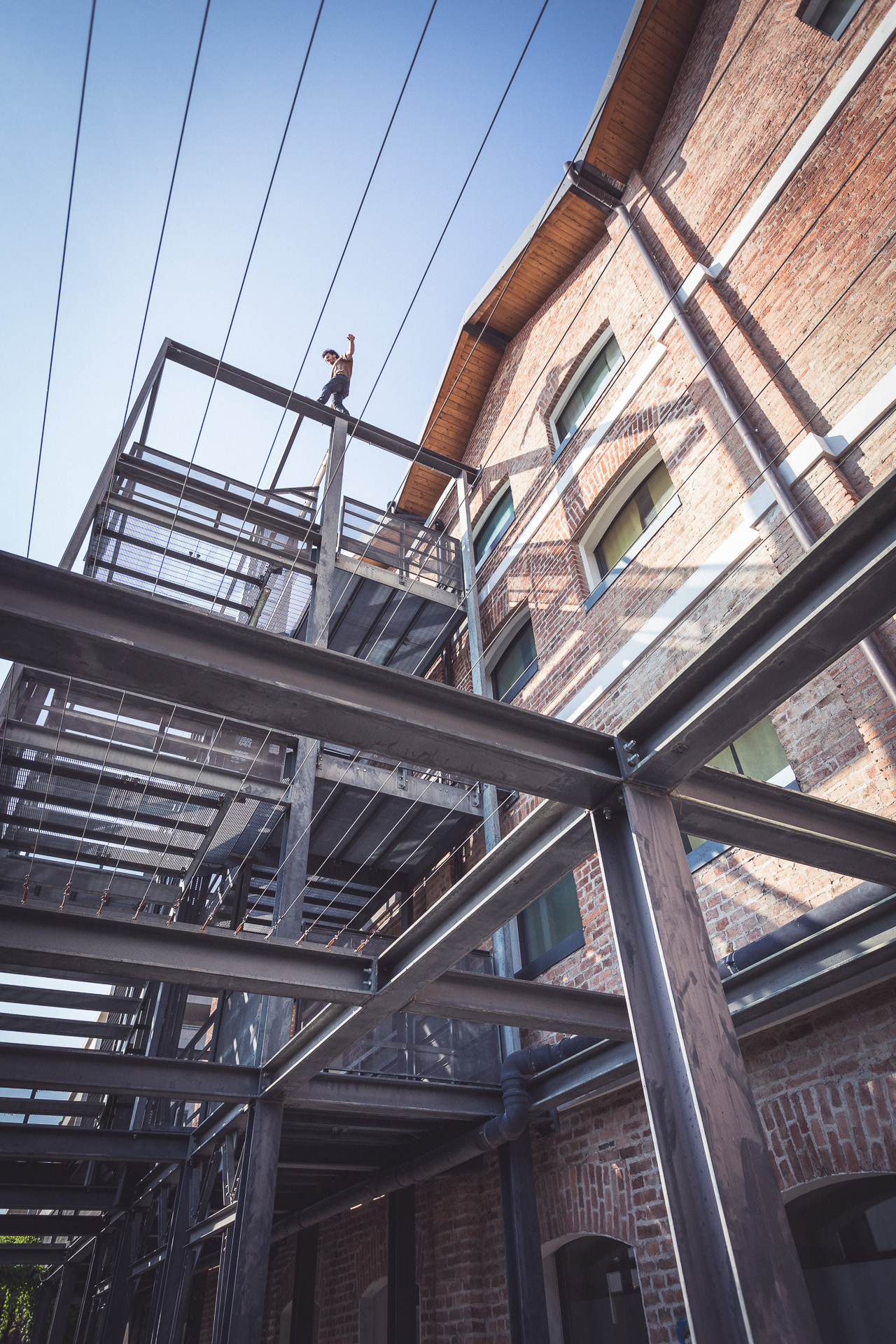

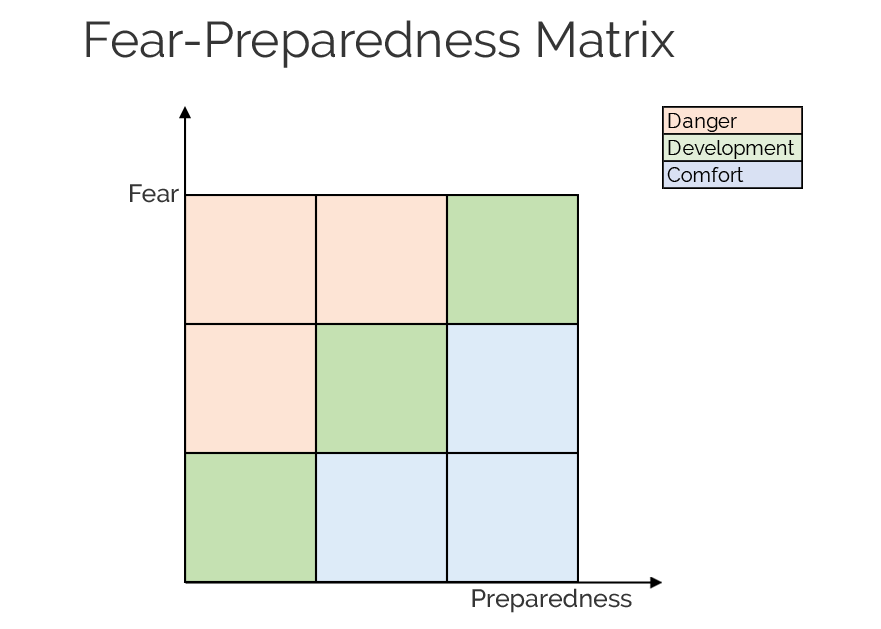
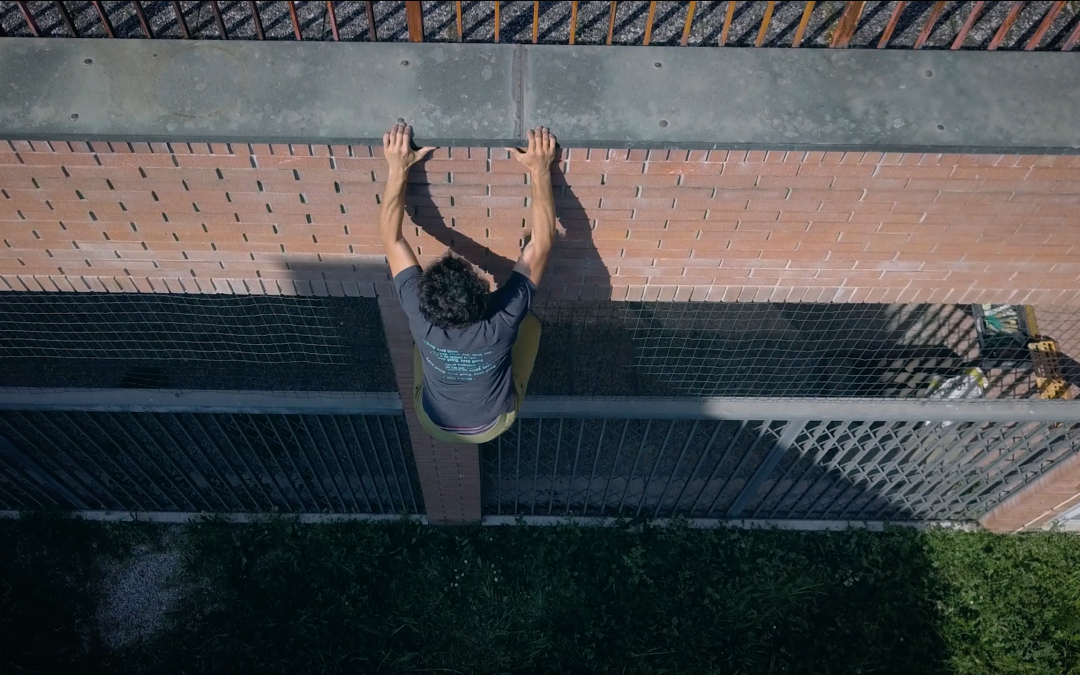
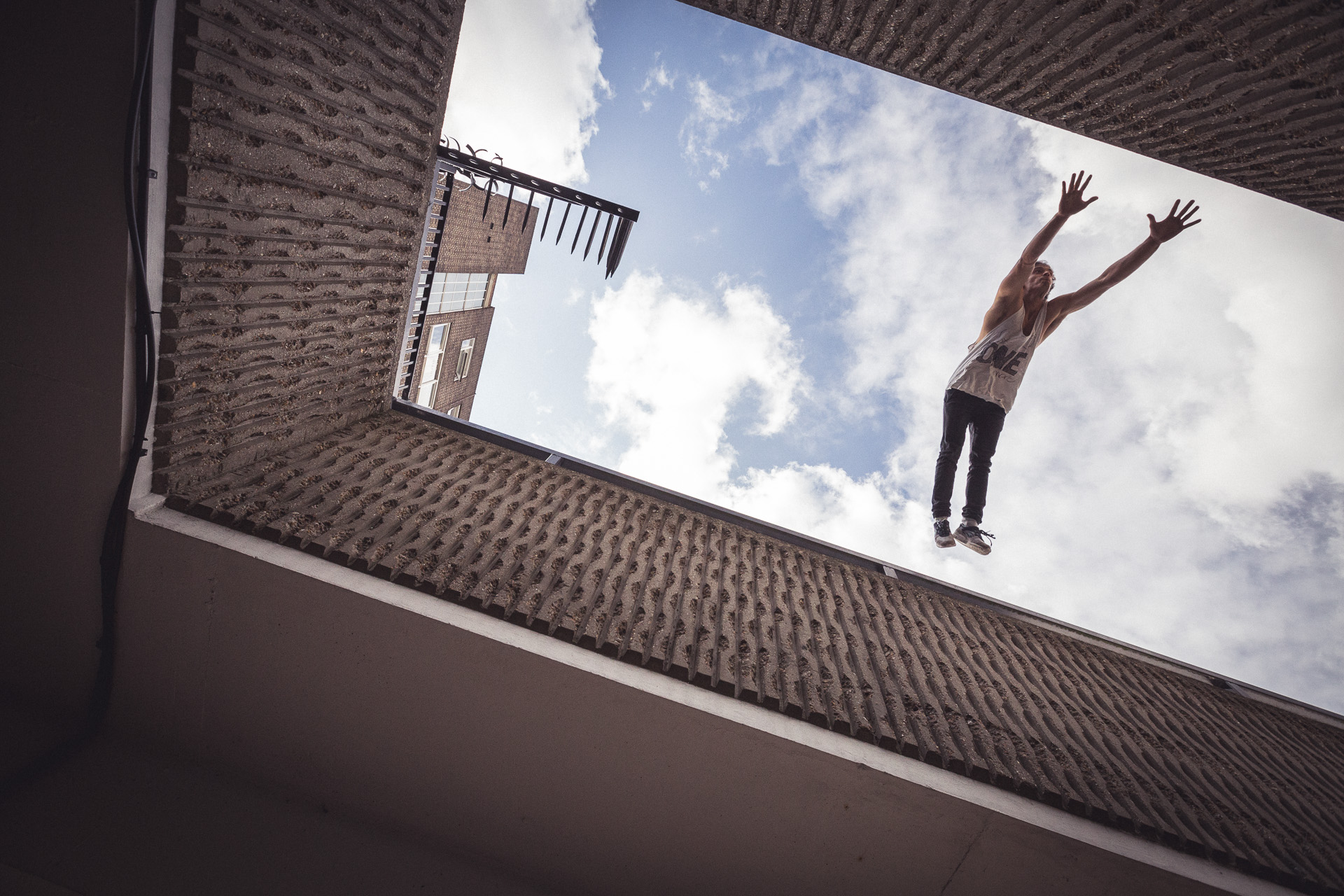
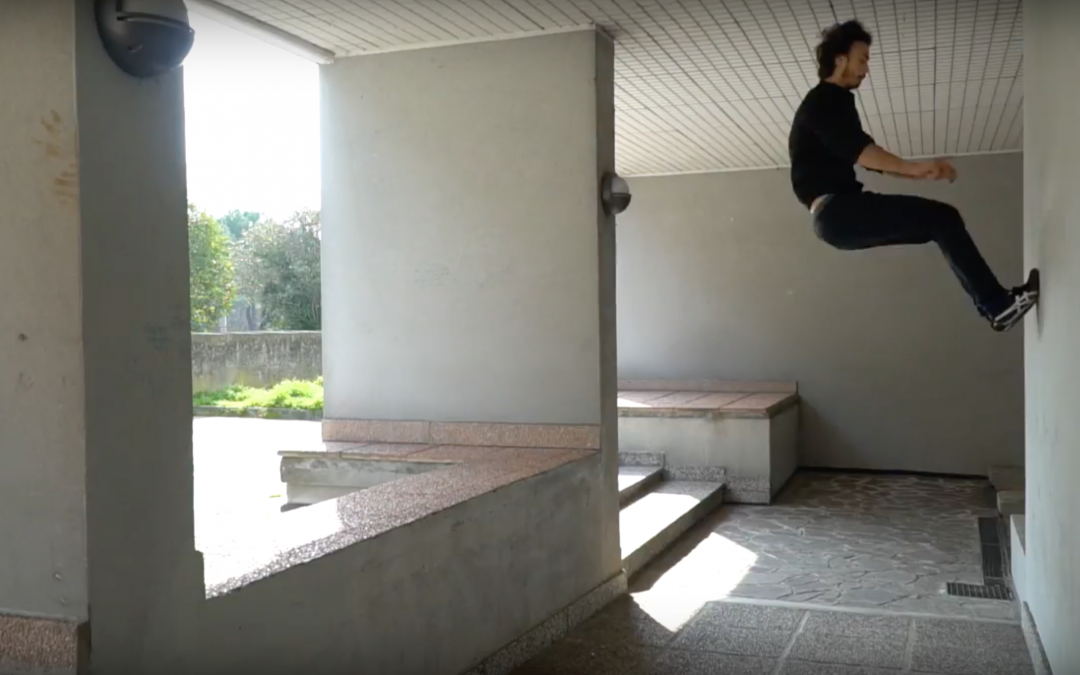
Recent Comments